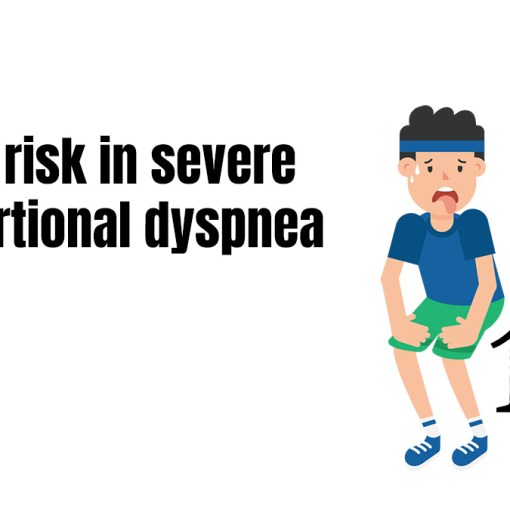At one point in history, measles was a common childhood illness, like the chicken pox of my youth. Thankfully the incidence has significantly decreased with vaccination, but the illness is now resurfacing in the face of vaccine hesitancy. Would you be able to identify and manage measles if it walked through the doors of your emergency department?

This is a guest post by Dr. Noren Khamis. Noren is a second year Family Medicine resident at the University of Toronto with an interest in Emergency Medicine. She completed her Bachelor of Science at the University of Western Ontario followed by medical school at the University of British Columbia. When she’s not at the hospital she can be found training for her next triathlon or exploring hiking trails in and around the city.
What is measles?
Measles is a highly contagious airborne virus affecting an average of 19 cases per million people globally each year. There are still 100,000 deaths a year caused by measles worldwide, most in children less than 5 years old.
How does measles present?
Measles is more common in the spring and summer, although it can present at any time of the year. The typical symptom pattern is as follows:
- Asymptomatic incubation period (duration: 6-21 days)
- High fever, malaise and anorexia (duration: 4-7 days)
- Prodrome of “the 3 C’s”: cough, coryza and conjunctivitis (duration: 2-3 days, overlaps with #2)
- Maculopapular rash which starts on the face and spreads down, sparing the palms and soles (duration: 6-7 days)
Who is at highest risk?
- Unimmunized patients and patients with uncertain vaccine status. (Patients with partial immunization can develop vaccine-modified measles, a less severe form of the disease.)
- Immunocompromised patients
- Children under 5 years old
- Recent travel to endemic countries, including many countries in Europe, Central and South America, Asia, the Pacific and Africa
When can I catch it?
A measles-infected individual is contagious from 2 days before until four days after the onset of the characteristic rash.
How is measles diagnosed?
Measles is a clinical diagnosis, but lab tests must be drawn for surveillance. It is best to contact your local public health unit to learn the protocol for sample collection.
For readers in Ontario, Public Health Ontario must be contacted in all suspected cases prior to collecting specimens. Their daytime phone number is 1-877-604-4567 (Monday to Friday 7:30 am to 7 pm, Saturday 8 am to 3:45 pm). After hours the number is 416-605-3113. More information can be found here.
When making the diagnosis clinicians must consider a wide differential diagnosis, including other self-limited viruses, Kawasaki disease, autoimmune diseases, and drug fevers.
What is the prognosis?
The majority of cases start to improve within 48 hours of the onset of the rash. Approximately 30% of patients suffer one or more complication of measles. The most common are diarrhea, secondary bacterial infections such as pneumonia and otitis media, and encephalitis.
The most serious complication of measles is acute disseminating encephalomyelitis (ADEM), which affects 1 in 1000 cases and has a high mortality rate.
How do I manage suspected measles in the emergency department?
- Protect others: Move the patient to an isolation area with airborne precautions.
- Treat the patient: The primary treatment of measles is supportive care with fluids and antipyretics. Because vitamen A deficiency has been linked to measles complications, empiric Vitamen A is recommended for all children (two oral doses of vitamin A 200,000 IU for children 1 year and older; 100,000 IU if age 6–11 months; 50,000 IU if under 6 months).
- Reporting, education and prevention: In most jurisdications, you have a duty to report suspected measles cases to public health and draw appropriate labs. Offer the MMR vaccine to your patient and educate the patient and their family about risks of spreading the infection to susceptible contacts.
About the vaccine:
The measles vaccine — which has no association with autism — is a two-dose vaccine typically administered at 1 year and between 4-6 years of life in Ontario. The vaccine is recommended in all persons with uncertain immunization history and patients should ensure immunization prior to pregnancy and before travel to an endemic country.
Trivia: what are Koplik’s spots?
Koplik’s spots are 1-3 mm white papules on the buccal mucosa. They present 48 hours before the measles rash and are pathognomonic for measles.

The Paper:
O’Donnell et al. (2019). Could this be measles? Emergency Medicine Journal. 2019. 36(5): 310-314. PMID: 30944113
This post is part of the Rapid Review series, designed to highlight the key points from a single medical review paper. You can find similar posts here.
Khamis, N. Measles: a rapid review, First10EM, August 12, 2019. Available at:
https://doi.org/10.51684/FIRS.9351






3 thoughts on “Measles: a rapid review”
Thanks for putting this out there. Unfortunately, knowing the basic information about measles has become more important than it has been in a long time. These look like solid steps people can take to minimize their risk and the health consequences should someone actually get this disease.